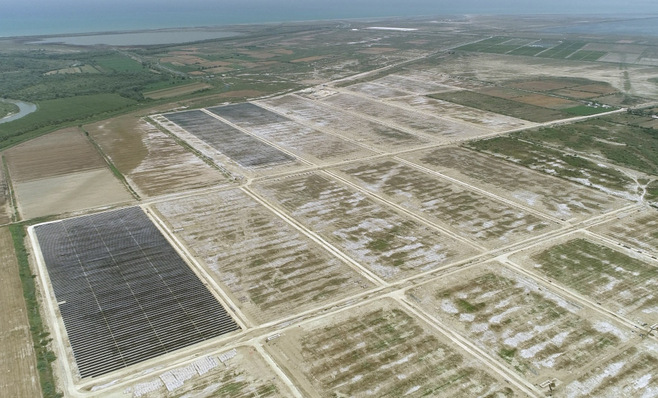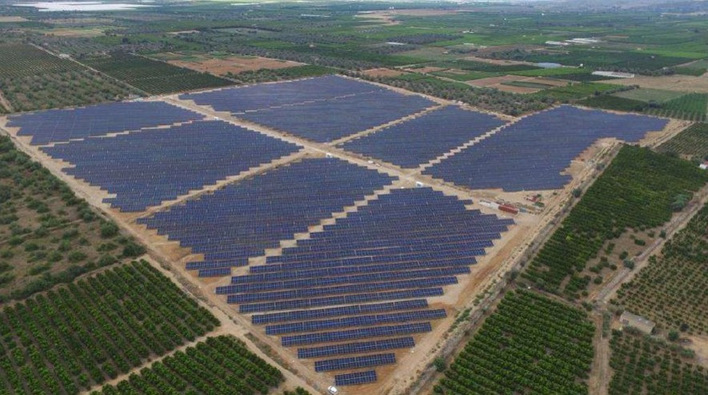The solar pumps market is likely to cross the one billion US-Dollar mark in 2019 and grow notably at a CAGR of aorund12% during the forecast period of 2019-2029 according to a new report of Future Market Insights. This growth is significantly driven by significant reduction in prices of solar pumps, solar panels, and power systems, along with the cost-effective installation process.
South Asia to offer new lucrative opportunities
South Asia is expected to show substantial upsurge in the solar pumps market owing to the high operating costs of diesel motors and non-reliable energy distribution in countries, such as India, Thailand, and Malaysia. The region accounts for a maximum number of villages, which are deprived of electricity and lag access to the grid electricity. India is expected to witness substantial growth in the solar pumps market, owing to the cost-effectiveness and operational efficiency of solar pumps. Moreover, solar pumps reduce irrigation and electrification costs. ASEAN countries are projected to hold a significant share in the solar pumps market, on the account of increasing focus on low carbon emission in these countries. Rapid inclination of aforementioned countries towards installations of solar pumps is creating further opportunities for the market players.
Supportive governmental policies propelling the market growth
The global solar pumps market has been segmented based on the product, capacity, applications, and regions, such as North America, Latin America, Europe, South Asia, East Asia, Oceania, and Middle East & Africa.
Government authorities and NGOs associated with the promotion of renewable energy have succeeded to offer greater support to solar pump buyers through banking and financial institutions to offset the market restraints of high capital cost.The organizations involved, are taking collective measures to facilitate the flow of funds into solar projects, aggregate the demand within countries, standardize asset-structuring across countries, and establish an ecosystem of financial instruments to mitigate some of the investment risks. Adding to this, the funds for research & development (R&D) are also rising, which will help commercialize models and make them available for larger public use. As a result, the solar pumps market is expected to grow notably during the forecast period.
The solar water pumps market in India and other developing countries is primarily driven by both national and state-level government schemes addressing irrigation and rural drinking water requirements.The government offers subsidy schemes to help individuals and organizations procure these solar energy systems at reduced capital cost, which is a major driver for the marker as the cost of installing solar pumps is relatively very high when compared to the capital required for installing conventional pumps. This, in turn, is expected to drive the solar pumps market during the forecast period.
Governments worldwide are actively encouraging the usage of solar pumps to replace diesel and electricity-based pumps to move away from non-renewable energy sources and reduce the carbon footprint, ultimately promoting climate change. Developing countries, such as India, China, Bangladesh, and Australia are expected to emerge as game changers owing to their emission pattern. This factor might lead to a positive impact on the solar pumps market growth.
Vendor insights
The report highpoints some of the prominent market players, who have established themselves as global leaders in the solar pumps market. Few examples of key players in the market are KSB SE & Co. KGaA, Kirloskar Brothers Limited, Grundfos, Franklin Electric, BW Solar (Waterboy), Shakti Pumps (India) Ltd., Stanley Black & Decker, Inc., Glynncorp Electrical, and Bernt Lorentz GmbH & Co. KG, among others.The global solar pumps market is significantly prominent, by some players holding prominent shares of the market. Tier-1 players are focusing on mergers, acquisitions, and joint ventures with local market players and deploying advanced 4HP and 4HP-6HP solar pumps to achieve positive traction and healthy competitive edge over its competitors. the report states. (HCN)







